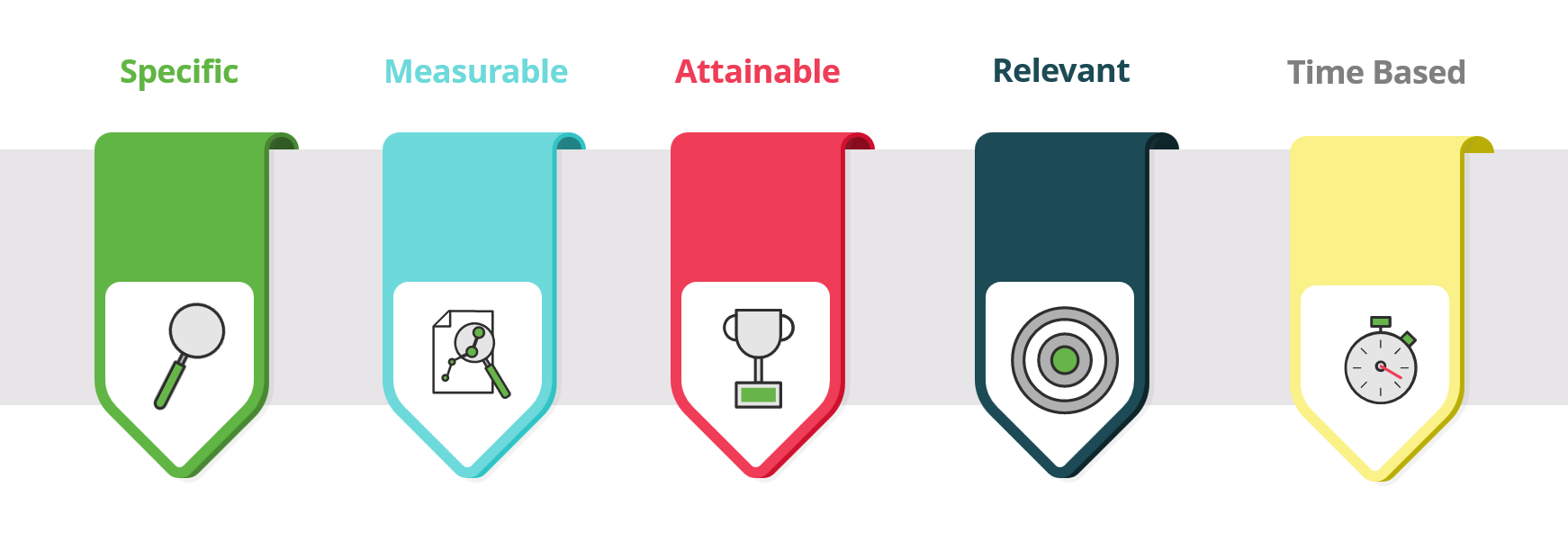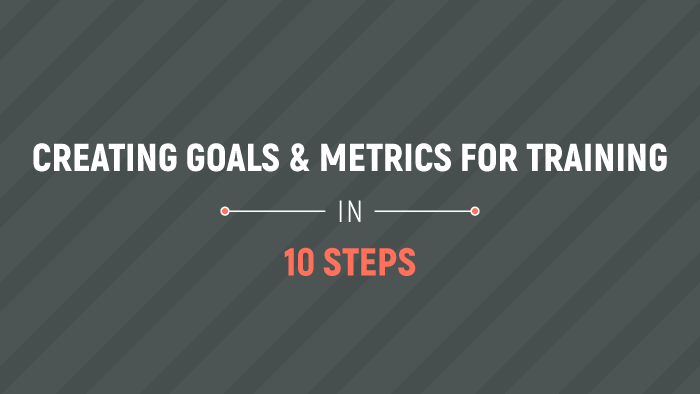What does gaining a competitive advantage mean for your company? Can you clearly see the steps it’ll take to get you there? What does it look like to create a sustainable competitive advantage?
Michael Porter, author of “Competitive Advantage” identified three primary types of competitive strategy. They are:
- Cost leadership: delivering comparable value for a lower price
- Differentiation: marketing the unique benefits that make a product or service more valuable
- Focus: identifying and understanding the needs of a niche market
Joel Garfinkle, an executive coach, says, “The definition of competitive advantage is the skills needed to outpace your rivals. Most of those come through knowledge and information. Successful companies seek the latest in technology, strategies, and data.”
There are many short-term competitive strategies you can adopt to gain the upper hand in business, but these will only get you so far.
If you’re looking to create a sustainable competitive advantage that will bolster your business results in the short-term and the long-term, look to strategic employee training.
Adopting solutions that allow you to create a learning culture helps your employees to keep their skills and knowledge at the forefront of operations and innovation in your industry.
Having training in the first place is a good start to move up among your competitors, but it’s going to require some focused strategy if you’re truly intent on leveraging training as an advantage.
So, how do you strategically use your employee training program to create and maintain a competitive advantage?
Start With the End in Mind
Before training happens, you need to know the organizational goals that are linked to each training topic and session.
You can look at the Kirkpatrick Model to help with this – but look at it backwards. Start with the end goals. What are the effects on the organization as a whole?
Just by doing this first step, you’ll already be ahead of many other businesses. This seems like it should be an obvious step, but in many organizations (perhaps yours?), leaders are not transparent about organizational goals or they don’t believe employee training can help much in reaching those goals.
When you’re trying to implement a strategy, its success is more dependent on having everyone on board for execution than it is on the strategy itself.
This is why it’s important to have leaders fully on board with how employee training will help you accomplish big picture goals.
If your leaders are resistant or don’t put much value on training, you have the power to change their minds. Check out this podcast episode with Cris Hatcher, an award-winning training professional with proven strategies for establishing leaders’ buy-in on training.
Aligning Training Goals to the Big Picture
Now that you know where to find your business goals, you’ll need to create training goals that align with the company strategy.
We often hear clients say, “we need manager training” or “we need new onboarding.” While it’s great to have that defined need, you’ll need to know how it connects to the bigger picture to get buy-in from every level of the organization.
At BizLibrary, we work hard to help organizations develop training programs that are strategically tied to business goals. However, about a quarter of our clients haven’t determined goals for their training initiatives. This is problematic because if there are no goals, there is no way to know if the program is successful.
Having goals that are aligned with the business shows you where you are going, and makes it possible to know if you are on track for success.
Follow the SMART framework when setting your training goals, but make sure you can create direct connections between those goals and how they impact your overall organizational goals.
When your training goals are aligned to your organizational goals, you’ll have a much clearer idea of how your employee training program impacts the success of your teams and your entire company.
For quick tips on setting goals for training, download our free infographic:
Don’t Forget the Milestones
Goals will help to focus your efforts, but these are still fairly high level. To further strengthen your training strategy and develop a sustained competitive advantage, you’ll need milestones in place.
Milestones are measured activities that breakdown the overall goal to measure progress and motivate employees.
In our webinar with Training Magazine, 72% of attendees said they did not have milestones set up for their training goals. Not having milestones can quickly create frustration and confusion, and let you wander down a path in the wrong direction from your goal.
Think about going hiking – maybe you’ve seen a rough map of the trail, but when you’re actually on it, you’ll be relying on trail markers and sign posts to ensure you’re headed in the right direction.
I was on a trail recently without any trail markers, and even though it was fairly short, we ended up on the wrong path! There was no clear sign of where to cross the stream, so we stayed on the path even though the trail was getting wilder, thinking it might still be the right direction.
It turned out to be a dead end, so the lack of a sign post caused us to waste time going in the wrong direction – and included a few scrapes and spiderwebs! We then had to backtrack and figure out where we were supposed to cross.
So don’t stop with creating goals – get those milestones written down too, and make sure everyone sees how the training strategy is keeping things on track through each milestone, guiding you toward the big-picture goals.
Milestones can also be referred to as key performance indicators (KPIs) – this article will help you determine which KPIs can help in tracking your progress with training efforts:
Here’s a real-life example from a BizLibrary client of how to tie together an organizational goal with a training goal, and what milestones would look like for that goal.
Organizational Goal
- Improve the bottom line by saving money with existing employees
Training Goal
- Reduce dispatcher and driver turnover by 10% by end of calendar year
Milestones
- Increase in number of times checklist is completed
- Increase in positive responses on feedback survey
- Decrease in complaints regarding communication
When you’ve identified big picture goals to help you gain a sustainable competitive advantage, aligning training goals and setting up milestones to reach them is your avenue to successfully creating and maintaining that advantage through your people’s continual improvement in knowledge and skills.
Being at the top of your industry requires a continual focus on developing your employees. As Simon Sinek puts it:
“Our best competitors reveal our weaknesses. The goal is not to ‘beat’ our competition, but to improve ourselves.”
Using online solutions and a clear training strategy helped ALMO Corporation, a distributor of commercial and consumer goods, to see improvements in various areas of their organization, including onboarding, sales, and company culture.



